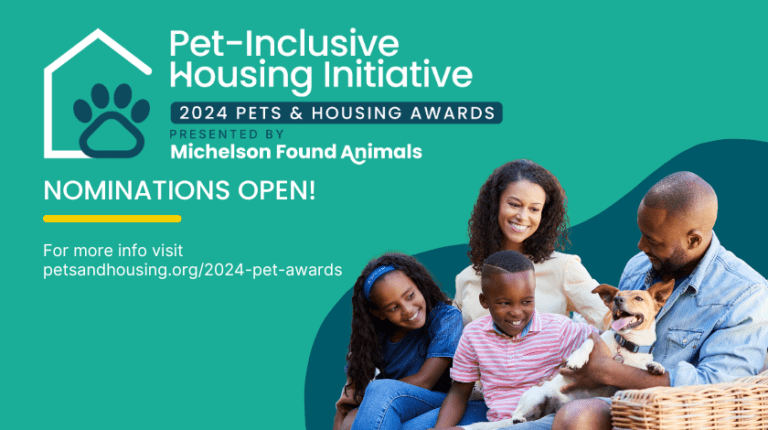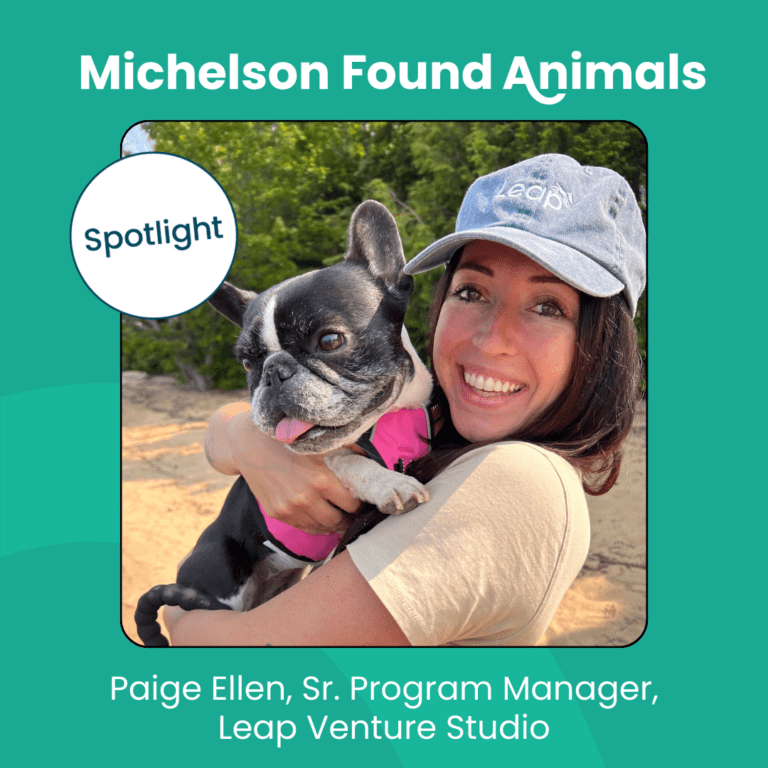Sustainability Tips for Pet Owners

Sustainability Tips That Can Reduce Your Pet’s Impact
Let’s take a deep dive into sustainability tips for pet owners that can reduce that impact. If you’re a pet parent who’s committed to green living, you’ve probably given much consideration to reducing your global footprint. But did you know that pets can sometimes have a more significant environmental impact than we do?
Tried and True Sustainability Tips
But first, let’s start with some of the more obvious suggestions:
- Adopt don’t shop.
- Spay or neuter.
- Buy recyclable toys and other products.
- Don’t buy plastic toys or dishes.
- Use natural or organic pet shampoo and other pet products.
- Use sustainable kitty litter and bedding materials.
These are all pretty basic sustainability measures that environmentally conscious pet parents are probably already doing. Let’s switch gears to talk about some far-reaching tips you may not have thought of.
Consider a (Radical?) Diet Change
If your family is conscientious about living green and maybe eating a plant-based diet, your dog or cat may use more unsustainable resources than the humans in your household. Seriously!
For example, have you thought about the protein source used to make your pets’ food? Feeding our dogs and cats accounts for 25% to 30% of the animal production industry’s environmental impact. Beef has the most substantial impact on the environment and poultry the least. Pork and seafood fall somewhere in between.
Or consider a pet food with no animal protein at all. We recommend Wild Earth as one option for meat-free, high-protein dog food made with koji.
The truth about human-grade food
Or maybe you prefer feeding your pet human-grade food? According to the World Wildlife Foundation, this is not the most sustainable option. It may sound counterintuitive, but human-grade cuts of meat are less sustainable than the meat by-products in quality pet foods.
Those by-products aren’t just fillers. They are often nutrient-rich organ meat that’s more nutritious for your pet than premium cuts of human-grade meat. Their use in pet food is an ecologically sound way to use the by-products from the production of meat that humans don’t eat. (Note that manufacturers are not allowed to use hides, horns, hooves or teeth as by-products.)
Coming soon: Insect-based dog food
Insect-based dog food? If you’re thinking “eeww!”, we’re with you! But your dog may disagree. Apparently, they love this stuff, and it’s much more sustainable than the beef or even poultry that are now the most common proteins in pet food.
Insect farming requires much less land and water (about 2% of cattle’s needs, according to one manufacturer). It produces far less greenhouse gas (only 4% of what cows produce). That’s hard to argue with!
You may need to wait a while for this option, though. Although insect-based pet foods are sold in Europe, they are not yet available in the US (though you may find insect-based treats). But keep an eye out — current research looks promising.
Clean Up After Your Dog!
Of course, what goes into your dog ultimately contributes to his or her environmental pawprint. Did you know that the EPA classifies dog waste as “nonpoint source pollution” (meaning coming from many sources)? It contaminates the ground and seeps into our water supply. So, scoop that poop!
The EPA suggests using biodegradable poop bags, burying it (at least 12 inches deep) or bringing it inside immediately to flush away.
If you’re really serious about living green, you could be a good global neighbor by also picking up after the dogs of others who don’t.
Consider a Holistic Veterinarian
Food isn’t the only thing that goes into our pets that leaves an impact. Medications also end up in drains and leach into the ground. Holistic medicine can be an eco-friendlier alternative.
Holistic vets use natural healing techniques such as chiropractic, massage, and acupuncture as complements or alternatives to traditional methods. They also use natural remedies that are non-contaminating.
Look Out for Greenwashing Products
Natural isn’t always what it’s hyped to be, however. “Natural,” “green,” and “organic” are all marketing labels that have little to no regulation. Many products that use them aren’t natural at all. It’s a good idea to research products and manufacturers to be sure.
Some things to look for:
- Does the manufacturer use sustainable packaging but pollute rivers in their processing plants?
- Are their products made with toxic materials?
- Can they be recycled?
- Are they made with renewable materials?
- Are they repairable, not disposable?
A Final Word
Many pet owners don’t realize the environmental impact that pets can have. For the conscientious pet parent, though, there are ways to reduce their footprints. We recognize that some of these ideas take unusual effort. But following these sustainability tips for pet owners will make you feel good about the resources you and your pets use and those you leave behind for the next generation.


